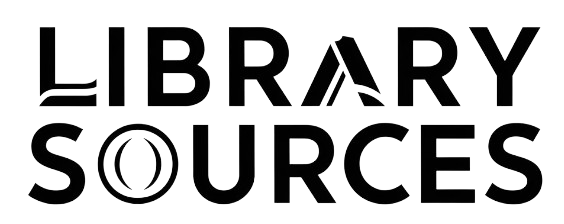[eBook] [PDF] For The Graphics of Verse Experimental Typography in Twentieth Century Poetry 1st Edition By Daniel Matore
Is poetry a visual art? Why do the pages of nineteenth-century poetry look so different to those of twentieth-century verse? Exploiting the expressive possibilities of print–from spacing and indentation to alignment and typeface–is one of the defining ways in which poetry was modernized in the twentieth century. While the visual experiments of European poets have been well documented, the typographical explorations of poets writing in English have been largely neglected. This volume confronts a major unanswered question: why did British and American poets, from the beginning of the twentieth century right up to the present day, choose to experiment with the design and lay-out of the printed page?
This book aims to provide the first detailed account of this lineage of literary style, examining the poetry and criticism of figures such as Ezra Pound, Hope Mirrlees, William Carlos Williams, E.E. Cummings, Marianne Moore, David Jones, Denise Levertov, Charles Olson, Frances Motz Boldereff, and J.H. Prynne. It draws on unpublished archival materials to show how poets began to draft, sketch, and compose in new and eccentric ways as they annexed the roles of book designer and printer. Typography, it argues, was instrumental in debates about metre, free verse, and the nature of poetry as poems morphed into scores, slogans, maps, and signs. It investigates how the typography of poetry was animated by musicology, psychophysics, linguistics, politics, ophthalmology, cartography, and advertising.


![[eBook] [PDF] For The Graphics of Verse Experimental Typography in Twentieth Century Poetry 1st Edition By Daniel Matore [eBook] [PDF] For The Graphics of Verse Experimental Typography in Twentieth Century Poetry 1st Edition By Daniel Matore](https://librarysources.com/wp-content/uploads/2024/07/42.jpg)
![[eBook] [PDF] For The Haitian Revolution in the Early Republic of Letters 1st Edition By Prof Duncan Faherty](https://librarysources.com/wp-content/uploads/2024/07/43.jpg)






![[eBook] [PDF] For Essential Computational Fluid Dynamics 2nd Edition By Oleg Zikanov](https://librarysources.com/wp-content/uploads/2024/07/1.webp)

![[eBook] [PDF] For Nurse Practitioner Certification Examination and Practice Preparation 5th Edition](https://librarysources.com/wp-content/uploads/2024/07/1-4.jpg)
Reviews
There are no reviews yet.